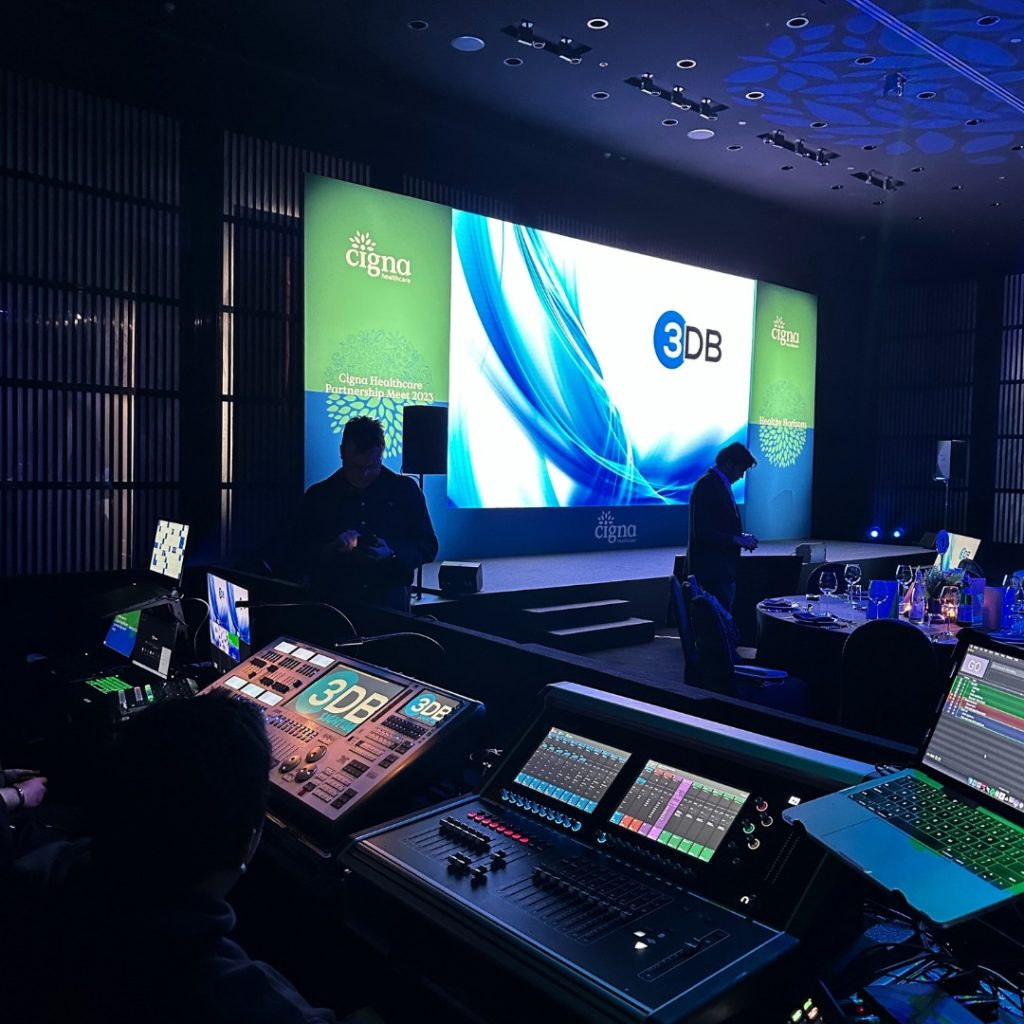6 Tips For Perfect Ballroom AV Sound

Achieving perfect sound quality in a ballroom setting is essential for ensuring that all participants can hear presentations, speeches, and music clearly. Below are some tips to help you optimize the ballroom AV sound in a ballroom:
Conduct a sound check:
Before the event starts, conduct an inclusive sound check to identify any issues. Test all microphones, speakers, and audio sources to ensure they are functioning correctly. Adjust levels for each audio source to achieve a balanced sound that is neither too loud nor too soft.
Optimize speaker placement:
Proper speaker placement is vital for even sound distribution throughout the ballroom. Position speakers to cover the entire room without creating hotspots or dead zones. Typically, speakers should be placed at an elevated height and angled slightly downward to project sound evenly across the audience area.
Use high-quality microphones:
Invest in high-quality microphones that suit the specific needs of your event. Wireless handheld microphones are versatile for speeches and presentations, while lavalier or headset microphones are ideal for hands-free operation. Ensure microphones are set up correctly and tested to avoid feedback and interference.
Implement acoustic treatments:
Large ballrooms can suffer from echo and reverberation, which can muddy the sound. Implement acoustic treatments such as drapes, carpets, and acoustic panels to absorb excess sound reflections. These treatments help improve clarity and intelligibility, making it easier for the audience to hear and understand the audio.
Equalize sound levels:
Use an equalizer to balance frequencies and improve the audio quality. Adjusting bass, midrange, and treble frequencies can help tailor the sound to the room’s acoustics and the type of audio content being played. Proper equalization ensures that speech is clear and music sounds full and rich.
Monitor sound levels continuously:
Assign a dedicated AV technician to monitor sound levels throughout the event. This technician can make real-time adjustments to maintain optimal audio quality, addressing any issues such as sudden volume changes or feedback immediately. Continuous monitoring ensures consistent sound quality from start to finish.
Ensure that speakers and performers are familiar with using the AV equipment, especially microphones. Provide instructions on proper microphone handling, such as maintaining an appropriate distance from the mouth and avoiding covering the microphone head. Educated users contribute to better sound quality and reduce the likelihood of technical issues.